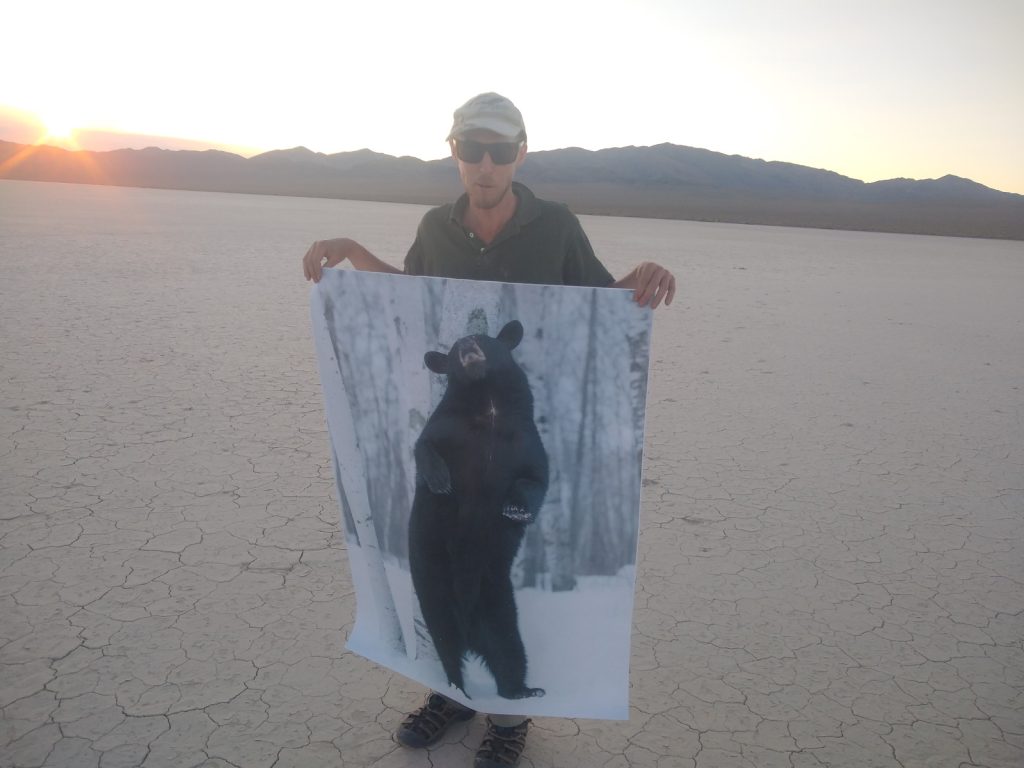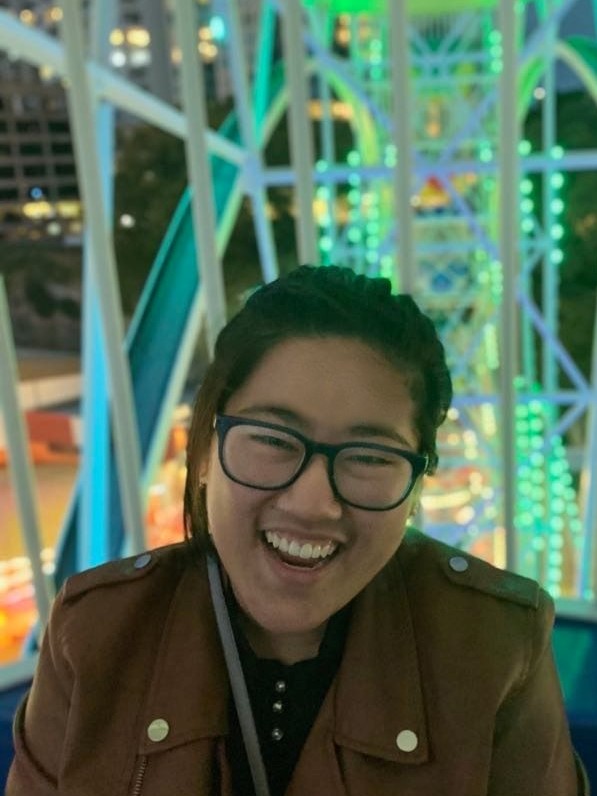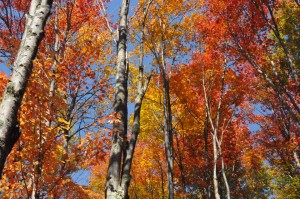We are excited to announce that numerous pieces originally published in NER this year have been honored in Best American Short Stories 2022, Best American Essays 2022, Best American Poetry 2022, and Best Spiritual Literature Vol. 7, 2022! The anthologies are available now at Bookshop.org.
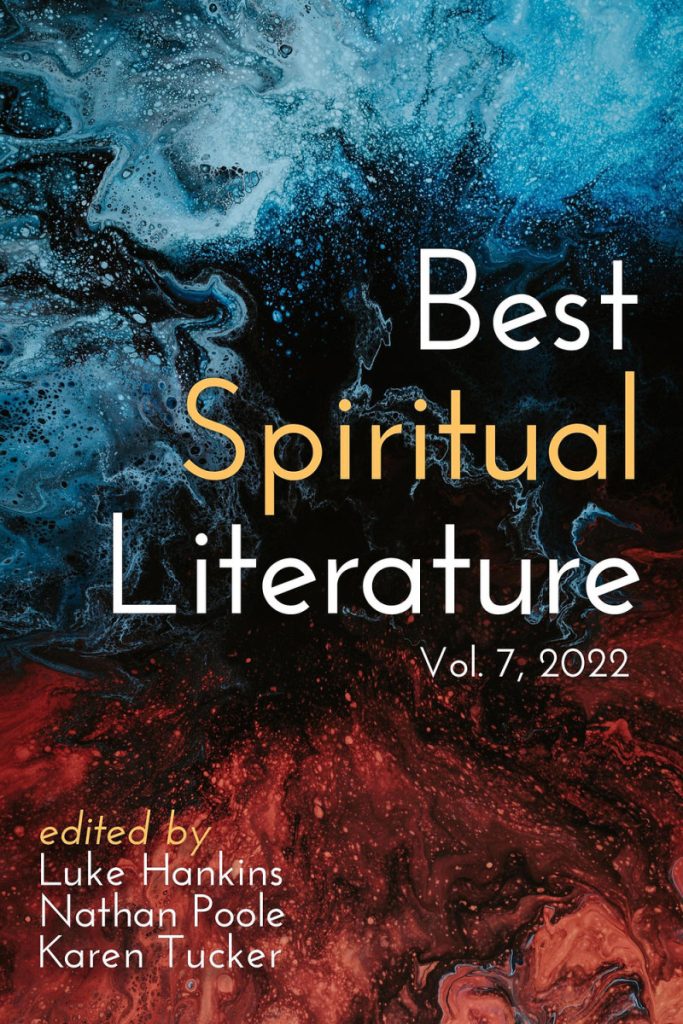
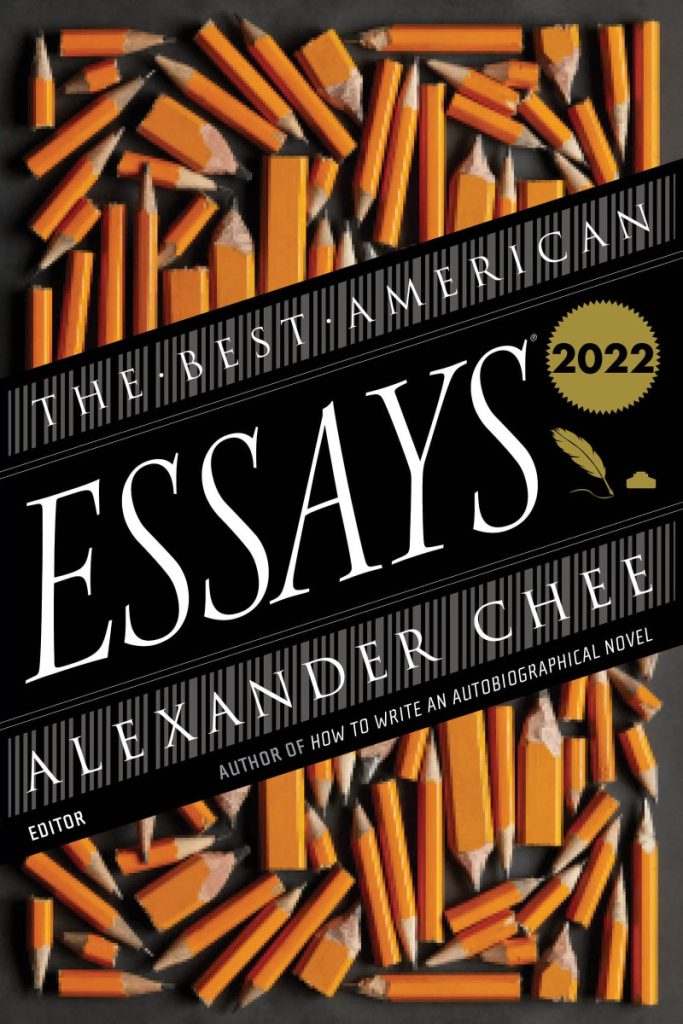
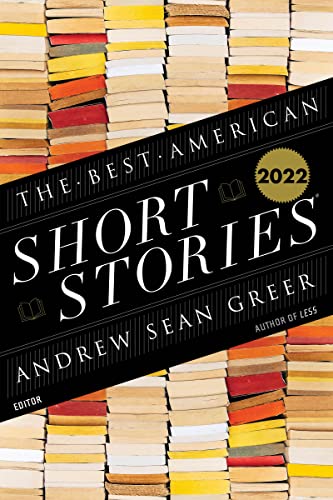
Best American Essays
guest editor Alexander Chee, series editor Robert Atwan
Featured Essay:
Jung Hae Chae, “The Gye, the No-Name Hair Salon, the Coup d’État, and the Small Dreamers” (42.4)
Notables:
Susan Daitch, “Three Essays” (42.1)
Daniel Kennedy, “Relax Your Face, Clint” (42.4)
Jesse Lee Kercheval, “Crash” (42.2)
Kat Meads, “Things Woolfian” (42.1)
Jenn Shapland, “You Are Glowing with Crystal White Light” (42.3)
Leath Tonino, “RIP Chuck, But I Doubt It” (42.3)
Best American Short Stories
guest editor Andrew Sean Greer, series editor Heidi Pitlor
Other Distinguished Stories:
Matthew Lansburgh, “Hasina” (42.1)
Debbie Urbanski, “Long May Land Be Bright” (42.1)
Best American Poetry
guest editor Matthew Zapruder, series editor David Lehman
Featured Poem by NER poetry editor:
Jennifer Chang, “The Innocent” (from The Believer)
Best Spiritual Literature
edited by Luke Hankins, Nathan Poole, Karen Tucker
Featured Poem:
Ellen Bass, “During the Pandemic I Listen to the July 26, 1965, Juan-les-Pins Recording of A Love Supreme” (42.2)
